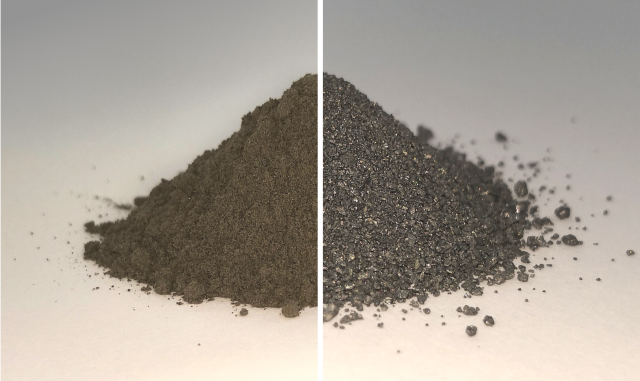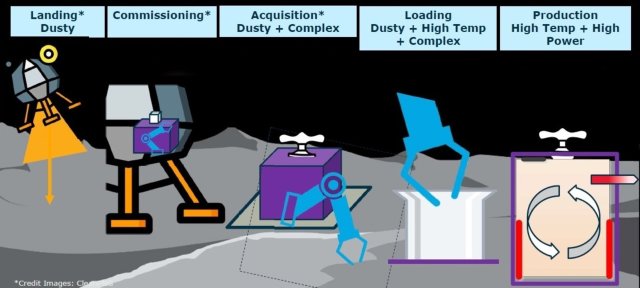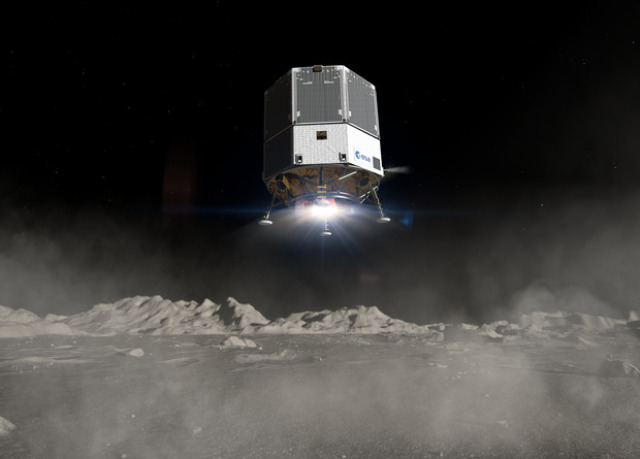The European Space Agency has selected a team of five European companies that will design and create the first experimental payload to extract oxygen from regolith on the surface of the Moon. It is expected that in 10 days of work on board the lunar lander, she will receive 50-100 grams of oxygen from the lunar regolith, it is reported on the agency's website.
In order to ensure a long stay of astronauts on the Moon and the supply of lunar bases, technologies are needed to extract resources or create building materials from raw materials available on the surface of a natural satellite of the Earth. In particular, one of the most important resources will be oxygen, which is needed for breathing people and as a component of rocket fuel needed to refuel ships and descent modules.
On March 9, 2022, the European Space Agency summed up the results of the ExPeRT (Exploration Preparation, Research and Technology) program, selecting a team that will design and create the first experimental payload for extracting oxygen from the lunar regolith on the surface of the Moon. It was headed by Thales Alenia Space, the rest of the team members: AVS, Metalysis, Open University and Redwire Space Europe.

The sample is a simulator of the lunar regolith before (left) and after (right) oxygen extraction.
Image source: Beth Lomax / University of Glasgow
The prototype of the plant for obtaining oxygen from regolith was created in the Laboratory of Materials and Electrical Components of the European center ESTEC. It uses the method of direct deoxidation through the FFC process, which involves the electrolysis of metal oxide powder in a molten salt at high temperature, which makes it possible to turn a regolith simulator sample into a mixture of metal alloys, extracting almost all oxygen. Estimates of the oxygen content in the real lunar regolith are about 40-45 percent of the total mass.
It is expected that the finished installation will be compact, low-power and capable of being placed on various types of lunar landers, including the European EL3 lander, which is currently under development. The installation will have to extract 50-100 grams of oxygen from the lunar regolith, while ensuring efficiency at the level of 70 percent of the available oxygen in the sample. It will be provided with electricity by solar panels, so the experiment period will be limited to 10 days.

Image Source: ESA
Earlier we talked about how Martian concrete was proposed to be made based on the blood and urine of astronauts.
Alexander Voityuk

